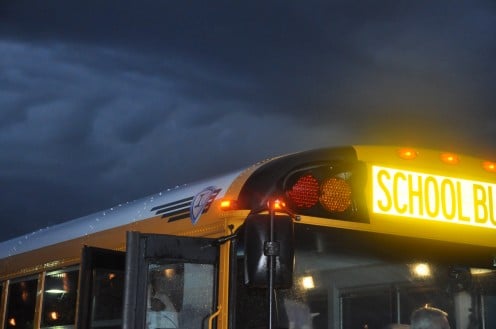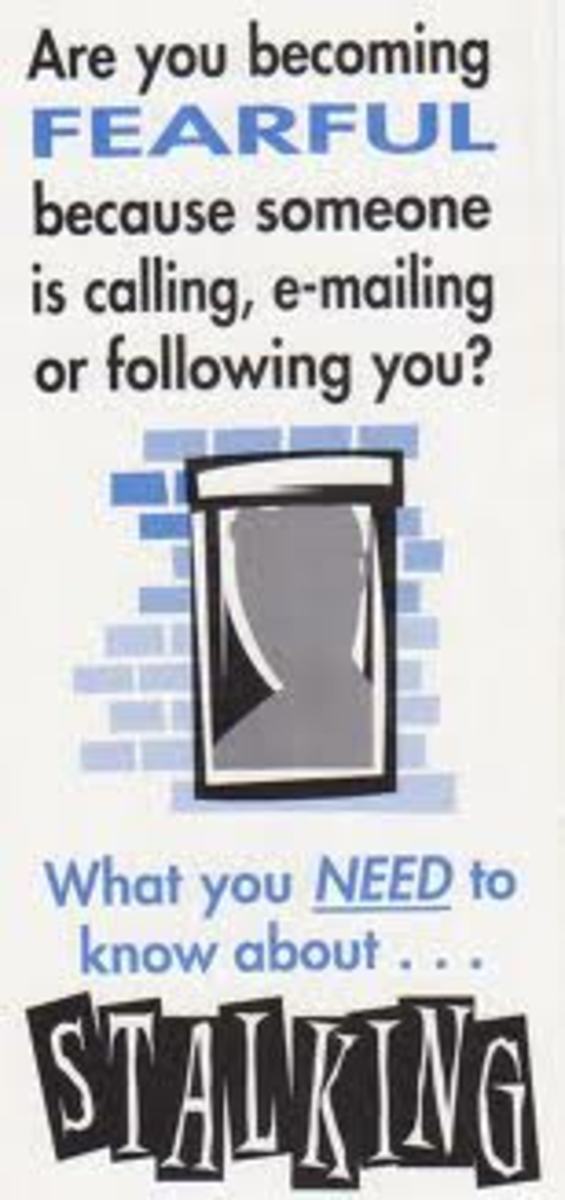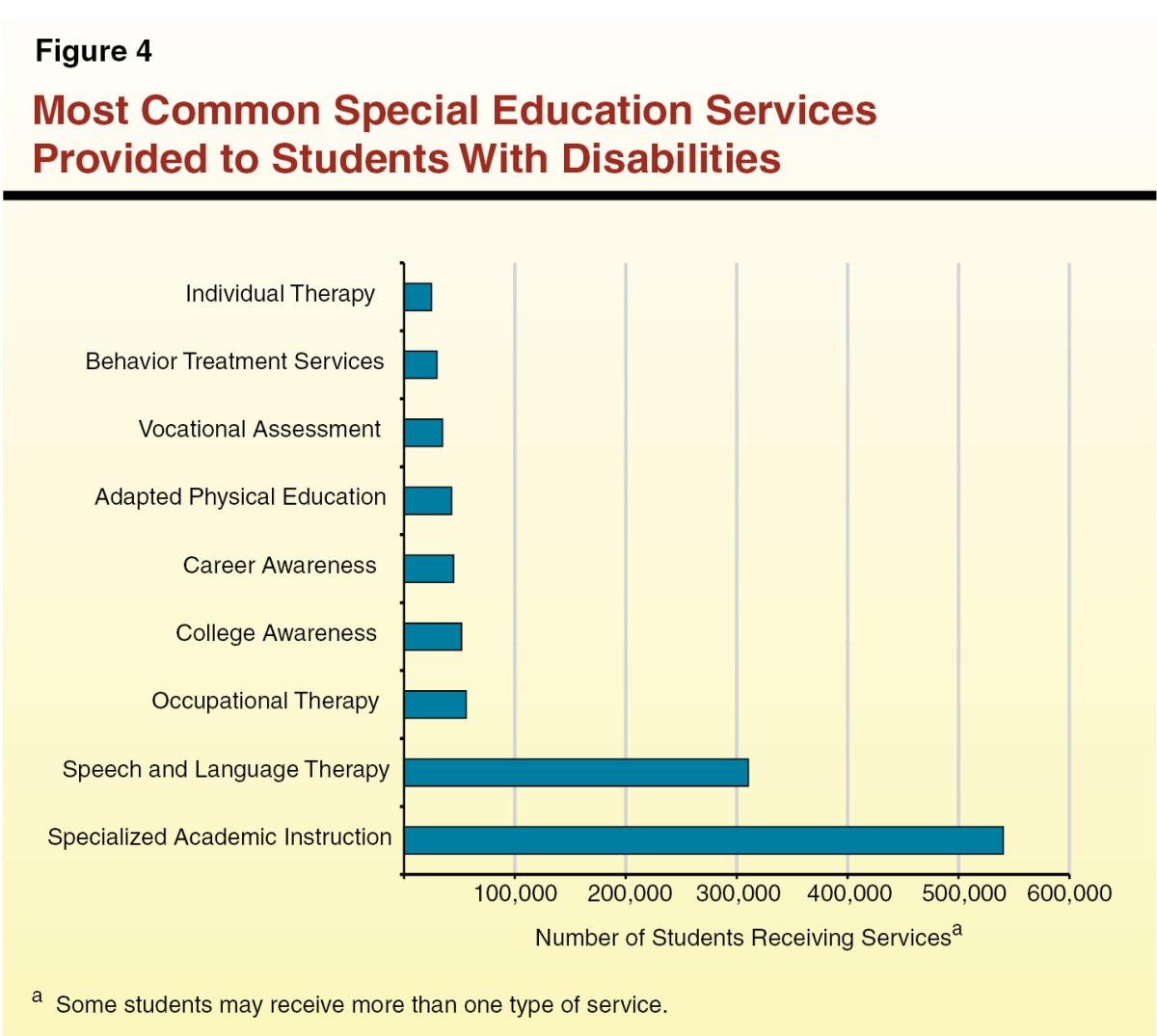New School Year: Refresh and Remind Students How to Recognize a Bully


New school year: parents and students need to remember how to recognize a bully
Just as parents ensure that their children are equipped with new clothes, shoes, and school supplies for the start of the new school year, another measure to consider is a child’s emotional preparedness for the new academic year.
One concern for students is bullying, which takes many forms in emotional, physical, relational and it affects students of all ages. With the emergence and prevalence of teens and tweens using social networking sites and social media, a new set of heightened awareness and precautionary measures should be heeded in addition to the classroom. Some instances of cyberbullying have had devastating effects on students and their families, with some students taking their own lives after being cyberbullied. Cyberbullying is bullying that is done on the Internet and is meant to embarrass and humiliate another student.
Remember bullying is an intent to do harm. Often times there is a misconception about what is actually bullying. The best rule, however, is if a child or student feels bullied, he or she needs to inform a responsible adult who then can handle the situation and assure appropriate measures are taken. It is when the child or student does not inform others that harm, injury to others or worse cases can occur.
Parents can teach their children some safety measures to ensure a smooth year according to child psychologists, school counselors, and conflict mediators. The book Kids Working it Out by Tricia S. Jones and Randy Compton suggests the following tips:
If bullied:
1. Go tell a grown-up or teacher.
2. Look to peers for support.
3. Don’t fight or hit back (this can only get your child in trouble).
4. Make a joke, or use humor to curtail a bully.
5. Don’t respond, this only encourages the bully.
6. Don’t share Internet passwords or give personal information with anyone (this can allow someone to post damaging material or content on one’s social network).
Don’t be an easy victim or bystander:
1. Find a group of friends.
2. Don’t be a loner, have your child sit with a group of other children at lunch or in class – even if they are not your child’s friends. Bullies often prey on students who they see as meek and loners.
3. Tell your student to speak up for him or herself and be assertive.
4. Don't be a bystander. Often students may not be the ones bullied, but they do not report other cases of bullying spotted or have the confidence to report it. Remind them to be good citizens and help stop all cases of bullying.
One misconception is that bullies are all male. Much emotional and relation bullying occurs with females who spread rumors, ignore and isolate their victims passive-aggressively. Bullies are proven to have cunning manipulative abilities and above-average intelligence.
Here are some misconceptions of a bully:
1. They are males.
2. They are insecure.
3. Bullying is a learned behavior.
4. Being bullied makes one a bully.
Many students of various ages say they feel threatened or have been threatened by bullying in various forms and various ages. When asked most of these students, even teenagers did not want to talk about their experience of being bullied.
Schools are doing their part with bullying intervention and educational programs, partnering with parents for support. Parents should check with their child’s local school or school district to see what educational or volunteer opportunities exist.
Sources: Kids Working it Out, by Tricia S. Jones and Randy Compton, by Jossey-Bass
Nicole Nichols-Sanders is a licensed mediator, educator, and communications executive as well as writer and editor in the DFW area.








